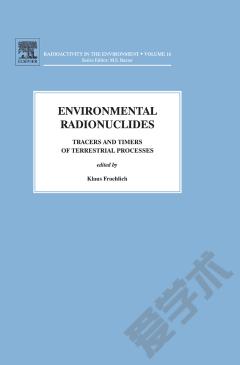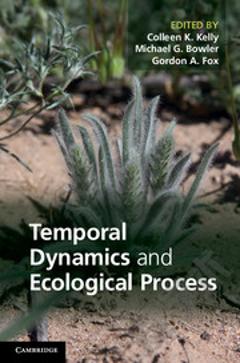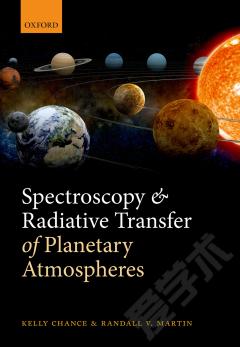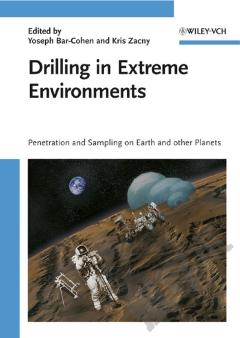Environmental Radionuclides —— Tracers and Timers of Terrestrial Processes
----- 环境放射性核素:陆地过程的示踪剂和计时器
Environmental Radionuclides presents a state-of-the-art summary of knowledge on the use of radionuclides to study processes and systems in the continental part of the Earth environment. It is conceived as a companion to the two volumes of this series, which deal with isotopes as tracers in the marine environment (Livingston, Marine Radioactivity) and with the radioecology of natural and man-made terrestrial systems (Shaw, Radioactivity in Terrestrial Ecosystems). Although the book focuses on natural and anthropogenic radionuclides (radioactive isotopes), it also refers to stable environmental isotopes, which in a variety of applications, especially in hydrology and climatology, have to be consulted to evaluate radionuclide measurements in terms of the ages of groundwater and climate archives, respectively. The basic principles underlying the various applications of natural and anthropogenic radionuclides in environmental studies are described in the first part of the book. The book covers the two major groups of applications: the use of radionuclides as tracers for studying transport and mixing processes: and as time markers to address problems of the dynamics of such systems, manifested commonly as the so-called residence time in these systems. The applications range from atmospheric pollution studies, via water resource assessments to contributions to global climate change investigation. The third part of the book addresses new challenges in the development of new methodological approaches, including analytical methods and fields of applications.A state-of-the-art summary of knowledge on the use of radionuclidesConceived as a companion to the two volumes of this series, which deal with isotopes as tracers
{{comment.content}}








 京公网安备 11010802027623号
京公网安备 11010802027623号